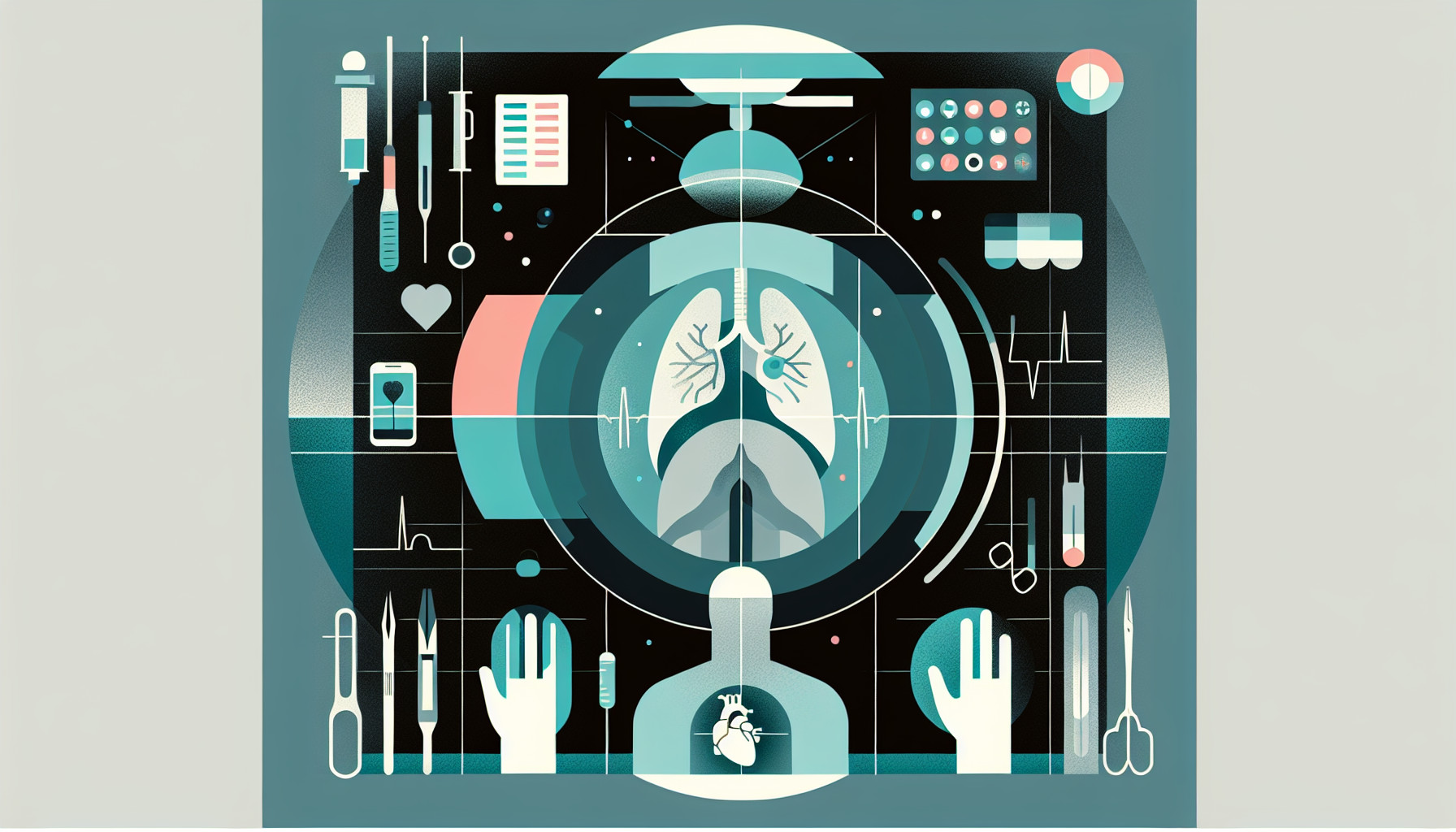Our Summary
This paper reviews and critiques current methods of reconstructing nipples, particularly after a mastectomy (breast removal surgery). It discusses how tissue engineering, the science of growing new tissue in a lab, could potentially improve the results for patients who need nipple reconstruction. The paper introduces a new technique that uses a 3D-printed structure made from a patient’s own tissue to aid in the reconstruction of the nipple.
FAQs
- What is the primary focus of the overview provided in the article about nipple reconstruction?
- How might tissue engineering improve the outcomes for patients undergoing nipple reconstruction?
- What is the proposed novel technique for nipple reconstruction mentioned in the article?
Doctor’s Tip
One helpful tip a doctor might tell a patient about nipple reconstruction is to ensure proper wound care and follow-up appointments to monitor healing and prevent infection. Additionally, patients may be advised to avoid strenuous activities that could put strain on the reconstructed nipple during the initial healing process. Lastly, patients should be educated on the potential risks and complications associated with nipple reconstruction and be prepared for a gradual improvement in the appearance of the reconstructed nipple over time.
Suitable For
Patients who have undergone mastectomy or breast reconstruction surgery, particularly those who have lost their nipples or have asymmetrical nipples, are typically recommended nipple reconstruction. This includes patients who have had breast cancer or other medical conditions that require the removal of the nipple. Nipple reconstruction can help improve the aesthetic appearance of the breast and improve the patient’s self-esteem and quality of life.
Timeline
Before nipple reconstruction:
- Patient undergoes mastectomy as part of breast cancer treatment.
- Patient may choose to have breast reconstruction surgery using implants or tissue flaps.
- Patient has consultation with plastic surgeon to discuss nipple reconstruction options.
- Patient decides on timing and type of nipple reconstruction procedure.
After nipple reconstruction:
- Nipple reconstruction surgery is performed, either as a separate procedure or as part of breast reconstruction.
- Patient may experience some discomfort and swelling following surgery.
- Nipple shape and size gradually improve over several weeks as swelling subsides.
- Patient may need to wear a special bra or compression garment to support the reconstructed nipple.
- Nipple color may be enhanced through tattooing or other techniques.
- Patient attends follow-up appointments with plastic surgeon to monitor healing and address any concerns.
- Patient can expect improved self-confidence and body image following successful nipple reconstruction.
What to Ask Your Doctor
- What are the different nipple reconstruction techniques available and which one do you recommend for me?
- What are the potential risks and complications associated with nipple reconstruction surgery?
- How long will the recovery process be and what can I expect in terms of post-operative care?
- Will I have sensation in my reconstructed nipple after surgery?
- Are there any alternative options to nipple reconstruction that I should consider?
- Can you provide me with before and after photos of previous patients who have undergone nipple reconstruction?
- How will the reconstructed nipple match my existing breast in terms of size, shape, and color?
- Are there any limitations or factors that may affect the success of my nipple reconstruction surgery?
- What is the expected outcome in terms of aesthetics and functionality of the reconstructed nipple?
- Are there any new advancements or technologies in nipple reconstruction that I should be aware of?
Reference
Authors: Khoo D, Ung O, Blomberger D, Hutmacher DW. Journal: Tissue Eng Part B Rev. 2019 Apr;25(2):126-134. doi: 10.1089/ten.TEB.2018.0253. PMID: 30379123
